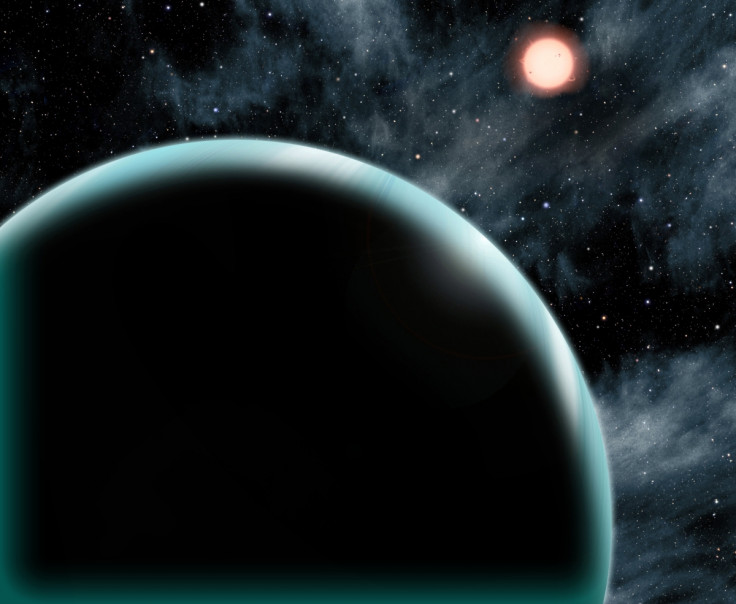Kepler-421b Has Longest Year of Any Exoplanet and Lies on the 'Snow Line'

Astronomers have discovered a planet with the longest known orbit of any planet outside our solar system.
Kepler-421b orbits its star once every 704 days, travelling a distance of 110 million miles. Its star, Kepler-421, is located 1,000 light years from Earth towards the constellation Lyra.
Most of the exoplanets that have been discovered so far are much closer to their stars, and thus have far shorter orbital periods.
Lead author David Kipping, from the Harvard-Smithsonian Centre for Astrophysics (CfA), said Kepler-421's discovery was a "stroke of luck" because the further away a planet is from its star, "the less likely it is to transit the star from Earth's point of view". In this case, he said, the planet had to "line up just right".
The study has been accepted for publication in The Astrophysical Journal.
The Kepler spacecraft was used to identify the planet. It stayed looking at the same patch of sky for four years, watching for stars and planets. During this time, the spacecraft detected two transits of Kepler-421b.
The star the planet orbits is an orange type K star, meaning it is cooler and dimmer than our Sun.
As a result, Kepler-421b has a surface temperature of about -92C. It is about the same size as Uranus and orbits the planet below the "snow line", which divides rocky and gas planets.
Beyond the snow line, water condenses into ice grains that bind to form gas giants – a critical point for planet formation theory. "We think all gas giants must have formed beyond this distance," Kipping said.
Many gas giants are found close to their stars, with far shorter orbital periods, leading experts to believe these planets migrate inwards shortly after they form. However, Kepler-421b shows that this inward movement is not necessary.
"This is the first example of a potentially non-migrating gas giant in a transiting system that we've found," Kipping said.
The authors added: "Kepler-421b's very long year makes it more than merely a new record-holder, it makes it the first transiting planet discovered near the so-called frost-line."
They said gas giants form at a "special distance" allowing ice grains to form: "Any closer to the Sun and these grains would be boiled off. These ice grains started to stick together and form planetary embryos which then went on to form the gas giant planets.
"It is for this very reason that the gas giant are rich in ice and water but the rocky planets started out their existence as very dry worlds [water got delivered to the rocky planets later via comets]."
© Copyright IBTimes 2025. All rights reserved.






















